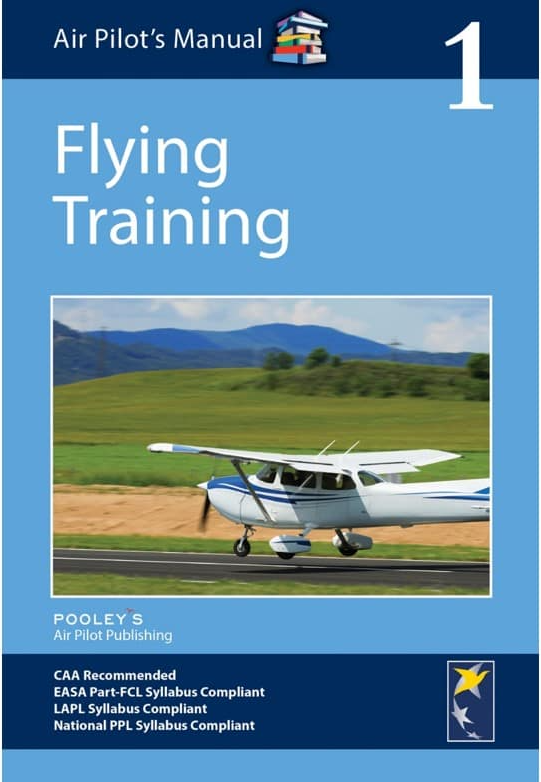EASA PPL(A) Course
EASA PPL(A) ✈︎ Son Bonet Airport (LESB) ✈︎ Palma de Mallorca ✈︎ Spain
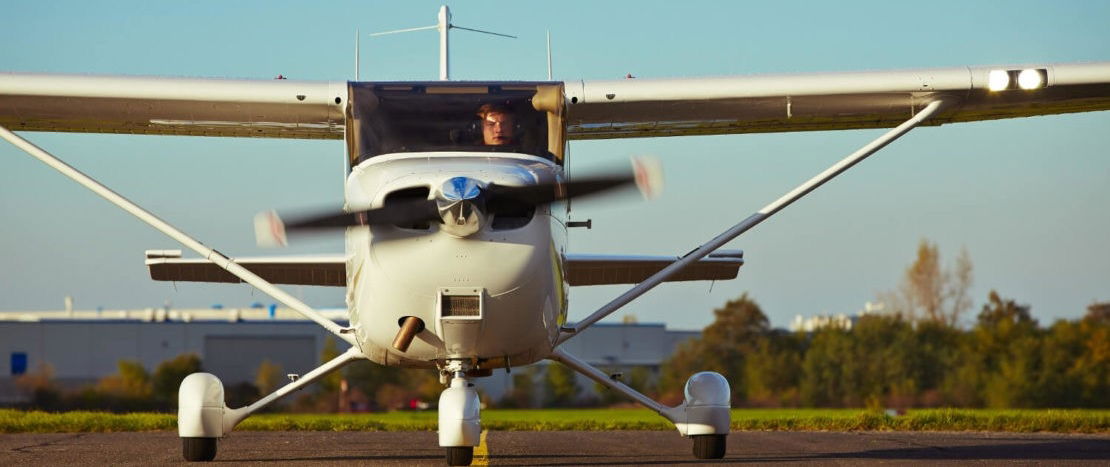
The Training
- Minimum 45 hours flight training
- 25 hours of dual flight instruction
- 10 hours of supervised solo flight time, including at least 5 hours of solo cross-country flight time
- At least one (1) cross country flight of at least 270 km (150 NM) that includes full stop landings at two (2) aerodromes different from the departure aerodrome
- PPL 'online' theoretical knowledge instruction covering nine (9) subjects
- Nine (9) written PPL theory exams with Austro Control GmbH
- English Language Proficiency (ELP) test for issue of the Flight Radio-Telephony (RT) Operator's Licence (FRTOL)
The Privileges
- The holder can fly an EASA registered light aircraft (<5700kg)
- Allows the holder to fly Visual Flight Rules (VFR) by day
- Carry passengers without payment
- Additional ratings such as Night, Instrument Rating (IR) and Flight Instructor (FI) can be added
- The EASA licence is accepted worldwide
PPL(A) Price
Check price here. Due to minimal controlled overheads, Fly EPT Spain is able to offer one of the cheapest PPL courses in Europe.
Convert EASA PPL(A) to UK CAA PPL(A)
To convert your EASA PPL(A) to a UK CAA licence is a simple formality, fully explained here
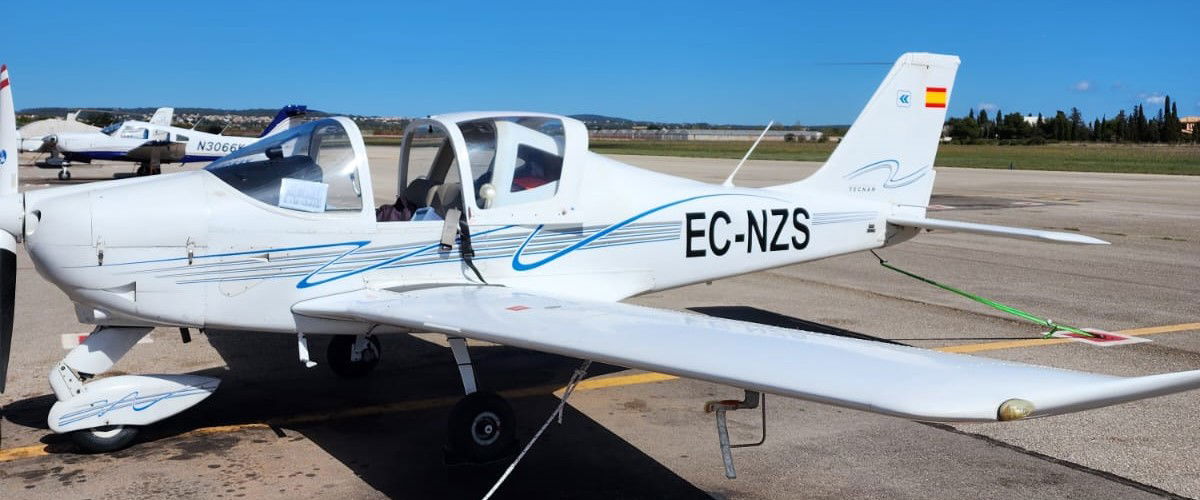
EASA Part-FCL Private Pilot’s Licence (PPL) – Aeroplanes (A)
The Private Pilot Licence (PPL) permits the holder to fly single engine piston (SEP) airplanes for private use while acting as the pilot in command (PIC) and enables them to carry passengers for non-commercial purposes under Visual Flight Rules (VFR).
The PPL is also the first step towards a career as a professional pilot.
A comprehensive qualification, the PPL syllabus includes both practical flight training and ground based study of everything you will need to know to pass the final flight test and obtain your EASA Part-FCL licence.
The PPL training syllabus is divided into two (2) parts, ground school and flight training. Ground-based study is delivered online and will carry you through nine (9) different theoretical subjects that will provide you with the basic knowledge required for flight training. The second step will be the practical flight training where you will develop the basic flying skills and learn how to take off, land and navigate.
The PPL course is a minimum of 45 hours in the air before you can take your final Skill Test (the aircraft equivalent of a driving test). 25 hours must be dual (with an instructor) and 10 hours solo with you acting as pilot-in-command (PIC). 5 of your solo flight hours must be cross-country flights. The remaining 10 hours is built up of revision.
To qualify as a Private Pilot, students must undergo two (2) different types of examinations; (a) theoretical exams, and (b) practical skills test (flight test) conducted in an aircraft by an EASA-certified flight examiner.
We offer the PPL either as a full time course, or part time which enables you to fit the training in around your schedule.
The PPL is a great licence for someone wishing to progress their career in aviation, or for someone who has just always had ‘learning to fly’ on their bucket wish list.

PPL Age requirements
There is no minimum age for undertaking dual instruction but any received before the age of 14 is NOT counted towards the experience required for the grant of a licence.
A student pilot can therefore start flying lessons and log the flight time from the age of 14.
A student pilot, however, can NOT fly solo until the age of 16, and only providing PPL exams in Air Law (and Communications; our school requirement) have been passed, as well as a Class 2 Medical examination with an authorised Aero-Medical Examiner (AME).
The minimum age the PPL skill test can be taken and the licence issued is 17 years old.
Applicants for a PPL shall be at least 17 years old.
PPL Entry Requirements
There are no pre-entry requirements to start the Private Pilot Licence (PPL) course. However, before flying first solo, a student pilot must:
- Be at least 16 years of age
- Hold a valid class 2 medical certificate issued in accordance with Part-MED
- Have completed at least 10 hours of dual flight training
- Have completed the relevant emergency drills training
- Demonstrate evidence of English Language Proficiency (ELP) equivalent to ICAO minimum Level 4, before the skill test
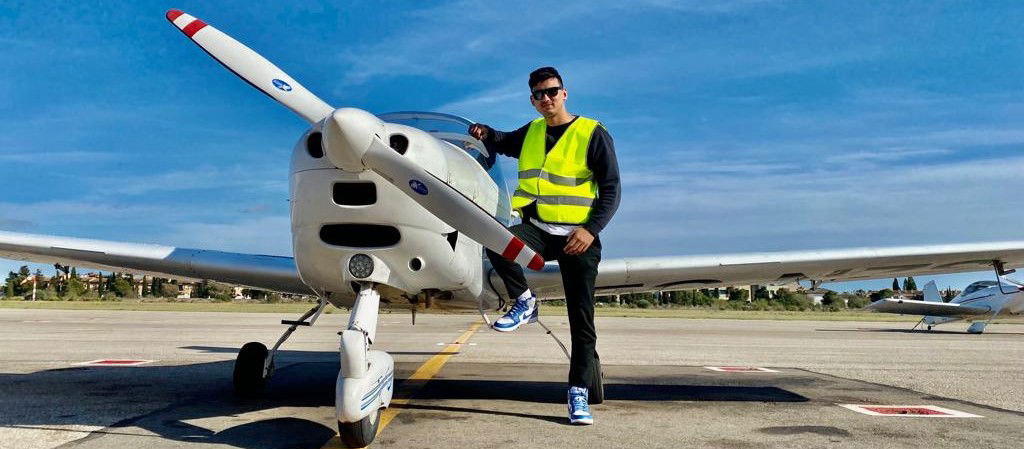
PPL Course Location
Fly EPT Spain delivers the practical flight training for the PPL(A) course in a TECNAM P2002-JF using experienced native-English speaking flight instructors (fluent in many other European languages including Spanish) at: -
Son Bonet Airport (ICAO: LESB), Palma de Mallorca, Spain

PPL(A) Practical Flight Training Duration
5 weeks
PPL students shall complete at least 45 hours of flight instruction. There are 19 flight training exercises:
General Handling: Familiarisation (Trial Flying Lesson), Effects of controls, Taxiing, Straight & level flight, Climbing, Descending, Turning, Slow flight, Stalling & spin avoidance. Circuits: Takeoff & climb to the downwind position, The circuit, approach and landing, Emergencies in the circuit, First solo. Advanced Handling: Advanced turning, Forced landing without power, Precautionary landing, Instrument flight introduction. Navigation: Visual navigation, Navigational problems at lower levels & in reduced visibility, Radio navigation.
The student must be able to demonstrate proficiency in the 19 flight exercises before they can be put forward for their skill test, have passed all nine (9) written exams and completed a short practical radio telephony test.
If you arrive having passed all nine (9) PPL theory exams, a full-time course of practical flight training for the Private Pilots Licence (PPL) is expected to last 5-6 weeks, but of course is dependent on ability, aptitude, personal commitment and weather. Although many students will complete the flight training part-time over a period of time that suits their availability.
Fly EPT Spain have a choice of resident examiners immediately available to perform the PPL skill test
Otherwise budget for 8-10 weeks full time to include both flight and theoretical ground training combined.
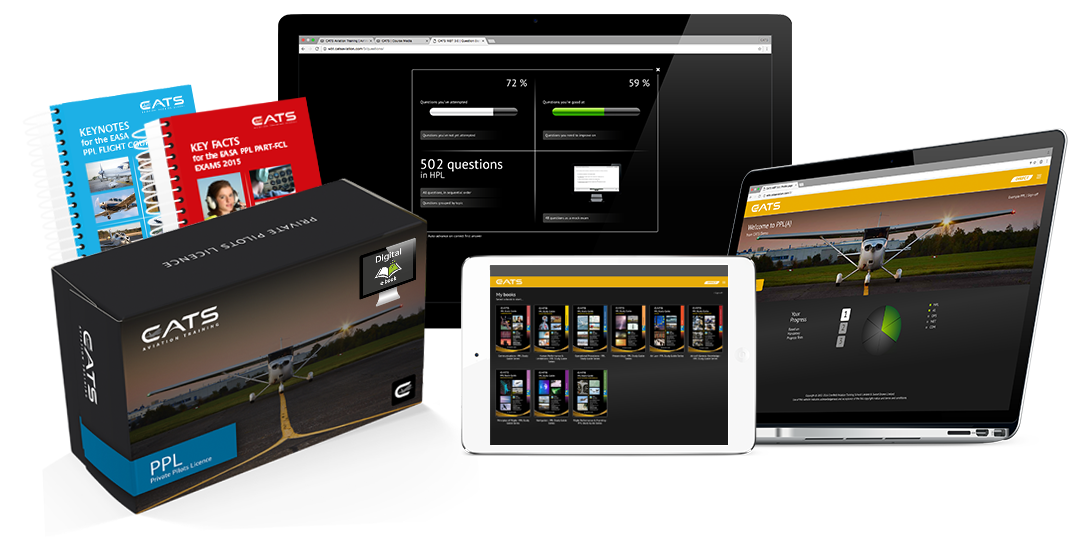
EASA PPL(A) Theoretical Knowledge 'Online' Ground Course
Students will need to undertake a PPL course of theoretical instruction.
Theoretical training for an EASA PPL(A) course shall comprise at least 100 hours.
You are required to undertake 70 hours of self study, which can be completed 'online' from home.
This is followed by 30 hours of 'ground school' classroom tuition which is delivered over ZOOM, which allows you to remain at home for the entire PPL theory course.
The purpose of the PPL ground training is to teach the syllabus for the following nine (9) theoretical subjects, and pass multiple-choice written exams: -
- Before 1st solo
- Air Law
- Communications
- Before 1st solo navigation
- Operational Procedures
- Human Performance & Limitations
- Meteorology
- Navigation
- Flight Planning & Performance
- Before Skill test
- Aircraft General Knowledge
- Principles of Flight
Full details about our PPL 'Online' theory course here
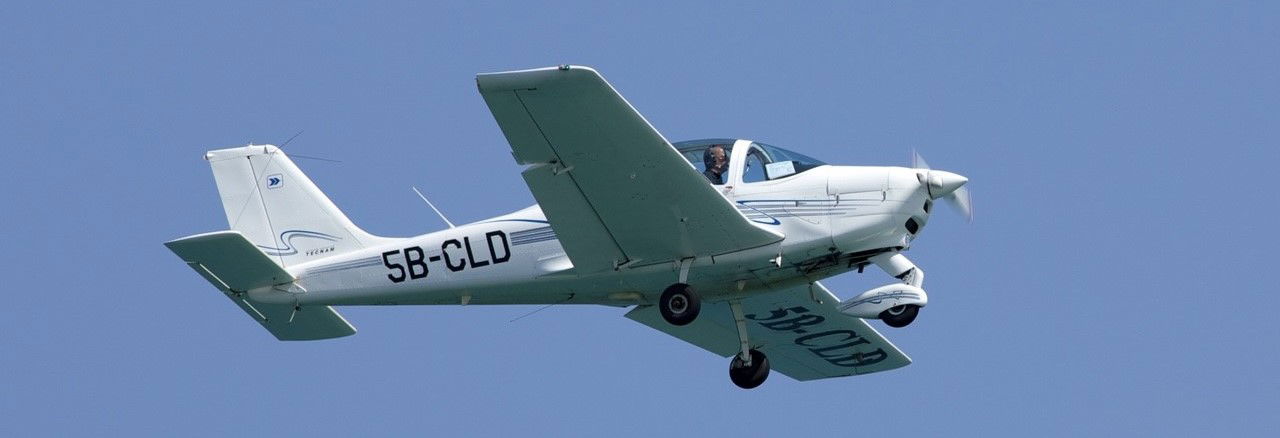
EASA PPL(A) course quality
Pilot students completing their PPL flight training with Fly EPT Spain will receive an EASA Part-FCL PPL(A).
Pilot courses delivered by Fly EPT Spain are certified and approved by the Spanish Civil Aeronautical Authority; Spanish: Agencia Estatal de Seguridad Aerea (AESA), are internationally recognised and accepted by all European Aviation Safety Agency (EASA) country member states and by all states that recognize and accept EASA provisions and regulations.
The EASA-country state of licence issue (SOLI) that issues your PPL is therefore entirely your choice. Just because you undertake flight training in Spain, this does NOT mean you need to apply for a Spanish pilot licence.
This means, for example, a German student completing their PPL flight training course in Spain is free afterwards to present their EASA PPL(A) course completion certificate and skill test report form to the national civil aviation authority of Germany for the issuance of their licence.
British pilots, post-Brexit, are encouraged to initially apply to the Irish Aviation Authority (IAA). Having said this, there are many more highly recommended European EU countries that can be considered. To convert EASA to UK CAA, is a very simple formality explained here.
The EASA PPL(A) is valid throughout Europe and is usually acceptable worldwide subject to individual national requirements.
Advantages of flying in Spain with Fly EPT Spain
PPL, Night rating and hour building booked as standalone courses are considered leisure in Spain which levies a 21% Value Added Tax (VAT), known as IVA. However, when these mandatory modular courses form part of a structured commercial pilot training program leading to a Commercial Pilot Licence (CPL), they qualify for tax exemption as professional flight training in Spain is exempt from VAT / IVA. This will currently save you 21% compared to those European countries that charge VAT on professional flight training.
The process of applying for a UK PPL(A) on the back of an EASA license is a very simple formality; explained here
Faster training. If you complete the PPL(A) online theory course from home using our web-based training distance learning software platform, if you pass the exams before arriving at Fly EPT Spain, we will be able to get you through the practical flight training, all going well, in a month, and this will save you a considerable amount of Euro €.
- Located at SON BONET Airport (LESB), PALMA DE MALLORCA, Spain
- Professional native English speaking flight instructors, bilingual-fluent in many other languages. Learn aviation English.
- Best weather in Europe. 300+ days of sunshine per year.
- Easy navigation for learners, flying around a coastal island.
- Low-cost flight school, minimal overheads, cheaper pathway, pay-as-you-go. ‘No quibble’ immediate refund policy. All savings are passed onto our students
- Accelerated, intensive PPL course
- Distance learning PPL ‘online’ ground course - study from home. Classroom tuition delivered over ZOOM.
- 7 days a week instructor coverage
- Flexible Scheduling
- In-house 'onsite' aircraft maintenance
- In-house resident examiners
- Shared Pilot accommodation
- Can do, Safety first attitude
- Some flight instructors are experienced airline pilots, available for mentoring and advice
International Student (Pilot) Visa
Student pilots from countries which are eligible for Spanish visa-free entry of up to 90 days, can take a PPL(A) and Night rating course without the need to obtain a student visa (as long as the duration of the course is shorter than 90 days). Those coming from countries which do not qualify for Spain visa-free entry should apply for a 3 month Schengen Visa.
Assistance for International Student Visa application
If you are an international pilot student and you need professional assistance with a visa application, we recommend VFS Global and BLS International Spain.
Yes - Fly EPT Spain will provide international students with a supporting reference letter for their visa application

Frequently Asked Questions (FAQ)
Where can I do my EASA Class 2 Medical examination?
You can check the full list of EASA-approved Aero-Medical Examiners (AME) in Spain here, and in the UK here
Can I convert an EASA Part-FCL PPL(A) to a UK CAA PPL(A)?
Yes - after receiving your EASA PPL(A), you can very easily convert to a UK CAA licence afterwards. Post-BREXIT you will have both a UK CAA and EASA PPL(A). To convert EASA to UK, or vice versa, the PPL holder must:
- provide a Licence Verification Letter to the UK CAA by the issuing state
- Pass the written exams in Air Law and Human Performance & Limitations with UK CAA
- have logged at least 100 hours total time as a pilot in the relevant aircraft category; and
- Pass the UK PPL Skill Test with a UK CAA Flight Examiner in a G-registered aircraft (Fly EPT Spain can arrange this)
- Demonstrate ICAO English language proficiency, minimum level 4
- Obtain a Class 2 Medical certificate issued by a UK CAA authorised Aero-Medical Examiner (AME)
If you wish to apply for a UK CAA PPL on the back of an EASA licence, how to make the application is explained here.
Can I convert an existing ICAO / FAA / UK CAA PPL to Part-FCL EASA?
Yes. If you hold a foreign ICAO / FAA / UK CAA Private Pilot Licence (PPL) obtained outside the European Union (EU), you can easily convert it to a European EASA Part-FCL licence. The licence conversion process is fully explained here
Will I pass my PPL in the minimum 45 hours?
We try very hard to make sure our students complete their PPL course in the minimum number of hours. We have very good, experienced instructors and the course is carefully structured to make this possible. We must, however, caution that if you are not able to maintain continuity, inevitably the revision element of each lesson will take slightly longer and this may well mean that you need some additional hours to reach the required standard before being ready to take your skills test. The reality is, most student pilots usually complete the PPL course in around 50 to 55 hours and this is usual no matter where you learn. Any extra flight time is priced accordingly pro-rata.
What is the pass criteria in the PPL skill test?
The conditions for pass in the PPL(A) skill test are described in FCL.125(c). The PPL Skill Test candidate has to demonstrate the ability to:
- operate the aeroplane within its limitations;
- complete all manoeuvres with smoothness and accuracy;
- exercise good judgment and airmanship;
- apply aeronautical knowledge;
- maintain control of the aeroplane at all times in such a manner that the successful outcome of a procedure or manoeuvre is never seriously in doubt.
The following limits are for general guidance. The Flight Examiner should make allowances for turbulent conditions and the handling qualities and performance of the aeroplane used: -
- Height:
- normal flight ± 150 ft - Heading or tracking of radio aids:
- normal flight ± 10° - Speed:
- take-off and approach +15/–5 knots
- all other flight regimes ± 15 knots
How long is an EASA PPL valid for ?
All EASA Part-FCL pilot licenses are non-expiring and are valid permanently
The PPL describes the privileges of the holder, not the actual means how the privileges can be exercised which is why the PPL license is valid indefinitely. The means of exercising the privileges is described by qualifications with expiry dates, for example: -
- Class rating; valid 1-2 years
- Instrument rating; valid 1 year
- English Language Proficiency (ELP), validity period dependent on level
- Medical certificate; the validity of your medical also limits your PPL. If your Class 1 or 2 Medical Certificate is NOT valid your PPL license also becomes NOT valid in which case you can NOT exercise the privileges of your licence.
How can I keep my PPL current?
The PPL does NOT expire
However, you will be issued with a Single Engine Piston (SEP) (Land) class rating which allows you to fly SEP aircraft up to a maximum take off weight of 5,700 kgs. This SEP class rating is valid for 24 months. So your PPL SEP must be renewed every 2 years.
There are two (2) ways to revalidate (keep valid) the SEP (Land) class rating:
- within the 3 months preceding the expiry date of the SEP (Land) Rating, pass a proficiency check with a Flight Examiner; OR:
- within the 12 months preceding the expiry date of the SEP (Land) Rating, complete 12 hours of flight time, including:
- 6 hours as pilot-in-command;
- 12 takeoffs and landings; and:
- a refresher training flight of at least 1 hour with a Flight Instructor (FI) or Class Rating Instructor (CRI). If you have already completed a proficiency check or skill test in another type or class of aeroplane, you will not have to complete this training flight.
So before the SEP (Land) expires, a Flight Instructor (or examiner) can revalidate by experience an SEP rating under FI privileges FCL.945 providing the above flight time requirements have been fulfilled. This involves a 1-hour 'refresher’ training flight with an FI.
Should your SEP (Land) class rating expire, however, then an expired rating needs to follow the renewal process. This means that in addition to refresher training with an FI, as needed, you will also need to pass a proficiency check with a Flight Examiner.
What do I need to start flight training?
To begin flight training, you need to pass a class two (2) medical examination and ideally have a high school certificate or have attended a vocational school.
Will I be able to carry out paid activities with a PPL(A)?
No. You cannot receive remuneration for flying an aircraft with a Private Pilot Licence. The PPL is designed exclusively for recreational use. However, you can add a Flight Instructor (FI) certificate to your PPL and receive paid remuneration for flight instruction for LAPL students only.
What happens if, after obtaining my PPL, I want to continue with the Commercial Pilot course?
The PPL is a mandatory requirement before starting the Commercial Pilot Licence (CPL) course and therefore forms the first step towards obtaining a CPL. As soon as you receive your PPL you can enrol on the ATPL theory ground course (or CPL). You also need to complete a structured hour building program.
Can I fly at Night?
After receiving your PPL you can use it anywhere in the world, during the hours of daylight in Visual Meteorological Conditions (VMC) i.e. reasonable weather conditions. The daylight restriction and weather restriction can be removed by completing a Night rating qualification or an IR(R) course, respectively.
LAPL to PPL Conversion Course
You will receive credit for having passed LAPL theory which can reduce the theory hours to no training and no examinations. (Appendix 1 to Part-FCL). To convert LAPL to PPL, you will need to do:
- 15 hours of flight time (after LAPL issue), 10 hours of which shall be dual flight instruction.
- Of the 10 hours dual flight instruction time, 4 hours shall be supervised solo flying. Of the 4 hours, 2 hours shall be solo cross country flying.
- One of the cross-country flights must be 150 nautical miles (or more), with 2 full-stop landings at two (2) separate aerodromes.
- No exams. The LAPL exams will cover you for the PPL as well.
What can you do with a PPL?
You are only limited by the category of aircraft that you are licensed to fly (A: aeroplane, B: balloon, H: helicopters or S: sailplanes). A PPL allows you to fly a single-engine aircraft as pilot in command (PIC) for non-commercial passengers i.e. not for remuneration, hire or reward. You can fly an EASA-registered aircraft with an EASA PPL without restrictions anywhere in the world. All flights must be undertaken in good weather conditions (otherwise you need an instrument rating) and in daylight (otherwise you need a Night rating).
How can I apply for my PPL(A)?
Upon completion of the PPL course and passing the PPL skill test, candidates can choose to apply for their new private pilot licence from any EASA country State of Licence Issue (SOLI).
Fly EPT Spain's course completion certificate is recognised by all EASA country member states.
Your EASA Part-FCL PPL(A) will be issued upon application by your chosen state's licencing authority.
To apply online for PPL issuance, you will be asked to upload the following documents: -
- Copy of your theoretical knowledge examination results
- PPL Course Completion Certificate, issued by your DTO/ATO flight school (obligatory for the first issue of a pilot licence)
- Certified copy of your EASA FCL.050 compliant pilot logbook pages illustrating which PPL syllabus exercises have been completed and hours flown (dual/solo). Note: Every flying lesson in your pilot logbook must be counter-signed by your instructor
- Flight Radio-Telephony (RT) operators licence (FRTOL)
- Copy of your valid Part-MED class 1 or 2 medical certificate
- ICAO English Language Proficiency (ELP) Assessment form - minimum level 4+ (if applicable)
- Copy of Part-ORA DTO or ATO approval certificate
- Skill Test Report form
- Copy of the Flight Examiner’s flight crew licence and examiner certificate
- Copy of your Passport or other valid proof of ID e.g. National Identity card (obligatory for the first issue of a pilot licence)
Note: If you have completed your practical flight training at more than one flight school, when you apply for your licence, you will need to include your pilot training organisation's: -
- Flight school transfer letter and accompanying training records, signed by the Head of Training, that were exchanged between your first flight school where you started and your new school where you finished your PPL;
- Both ATO approval or DTO declaration certificates, to confirm both flight school's operate in accordance with EU Part-FCL;
- List schedule of training aircraft, which essentially confirms the aircraft used for training and testing are EASA approved.
To apply for your Private Pilot Licence to: -
- EASA, for a Part-FCL PPL licence issue, use Austro Control's Part-FCL forms here
- EASA: Conversion to a Part-FCL PPL(A)
- Spain's AESA (EASA) use form: F-DLA-SOL-02 Application for General Aviation Licenses and Ratings found here. AESA Skill Test Form can be found here
- UK CAA, all forms are here. Use PPL application form SRG1105 and SRG2128: Examiner Report for PPL(A) Skill Test
- Ireland (IAA) download EASA PPL application form here. All other IAA forms here. The IAA have a fully digitalised licence management system. First, register and setup an account at: https://iaa.mysrs.ie/auth/sign-in. Applicants to Ireland also need to complete: Application Form for English Language Proficiency ELP - Ground Test and, under title: Miscellaneous; Release of Information to IAA Form ECON.ADMIN.F120A (to verify TKE's with Austro Control GmbH)
- All EASA PPL licence application forms can be downloaded here: Austria (Austro Control GmbH) ✈︎ Belgium ✈︎ Bulgaria ✈︎ Croatia ✈︎ Cyprus ✈︎ Czech Republic ✈︎ Denmark ✈︎ Estonia ✈︎ Finland ✈︎ France DGCA ✈︎ Germany LBA ✈︎ Greece ✈︎ Hungary ✈︎ Iceland ✈︎ Ireland (IAA) ✈︎ Italy ✈︎ Latvia ✈︎ Lichtenstein ✈︎ Lithuania ✈︎ Luxemburg ✈︎ Transport Malta ✈︎ Netherlands ✈︎ Norway ✈︎ Poland ✈︎ Portugal ANAC ✈︎ Romania ✈︎ Slovakia ✈︎ Slovenia ✈︎ Spain AESA ✈︎ Sweden ✈︎ Switzerland FOCA
References
- Flight Examiner Manual (FEM) ✈︎ PPL(A) - Module 2.2
- EASA Examiner Differences Document
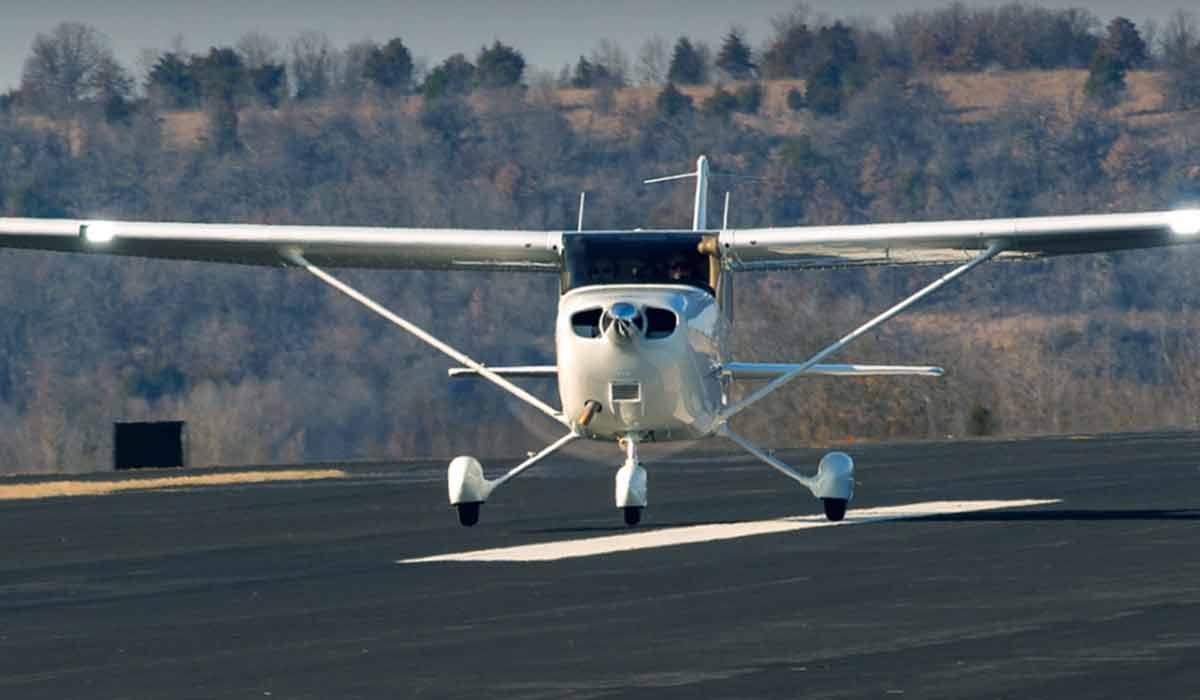
Recommended reading:
Air Pilot's Manual ✈︎ Flying Training: Volume 1
The blue 'Flying Training' book contains the PPL practical flight training syllabus. This is the book you need to read before each flying lesson. You can order an eBook here which is perfectly suited for Android and Apple iPad / iPhone. You can also order on Amazon but the eBook will be the most up to date version.
